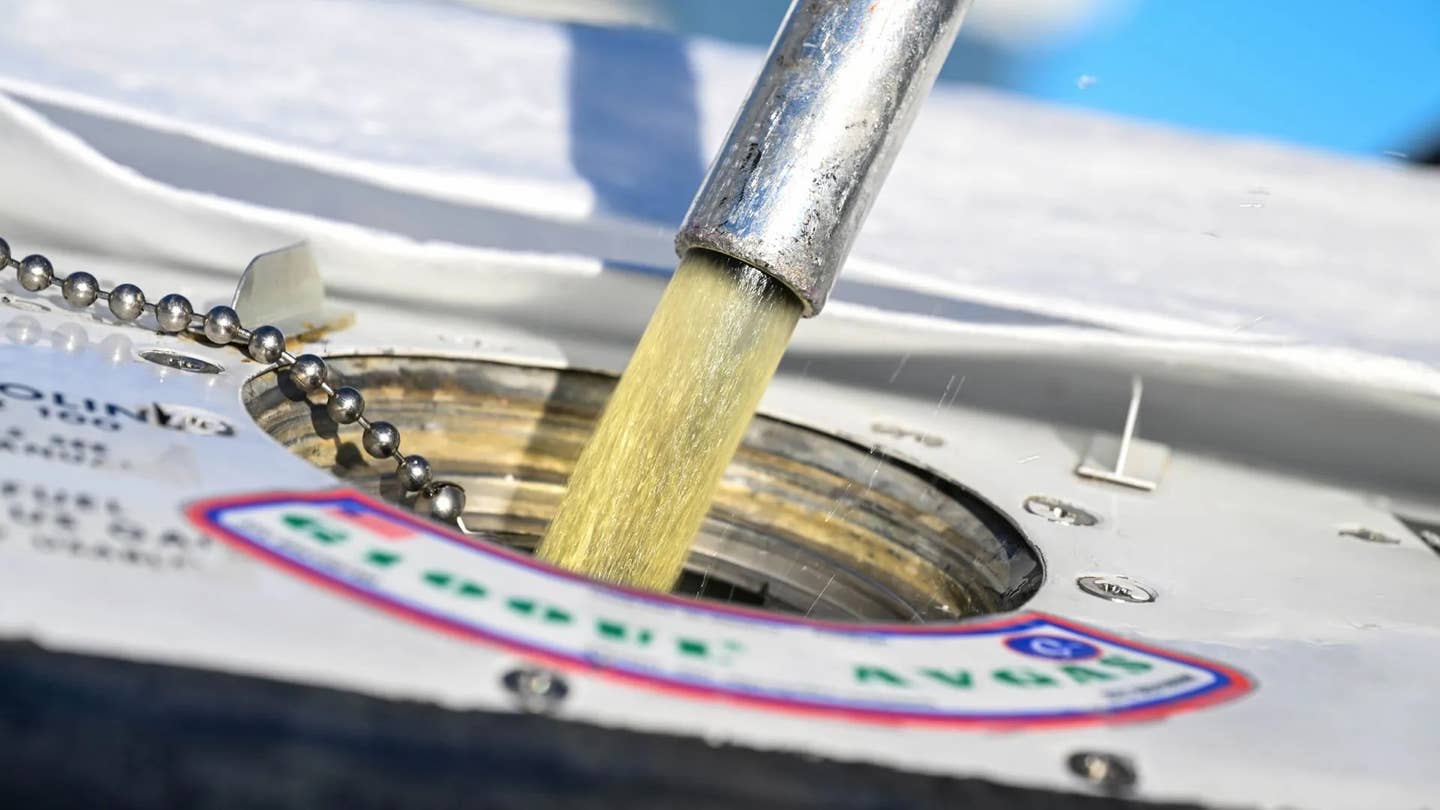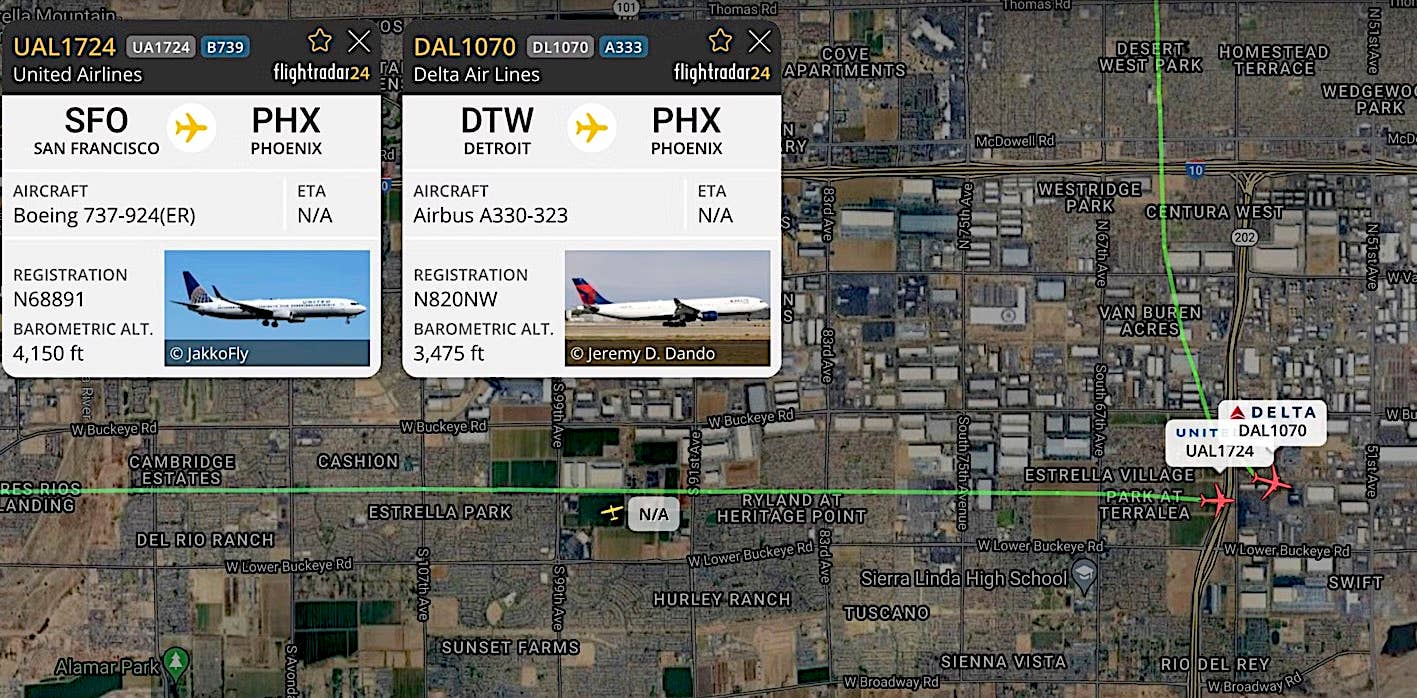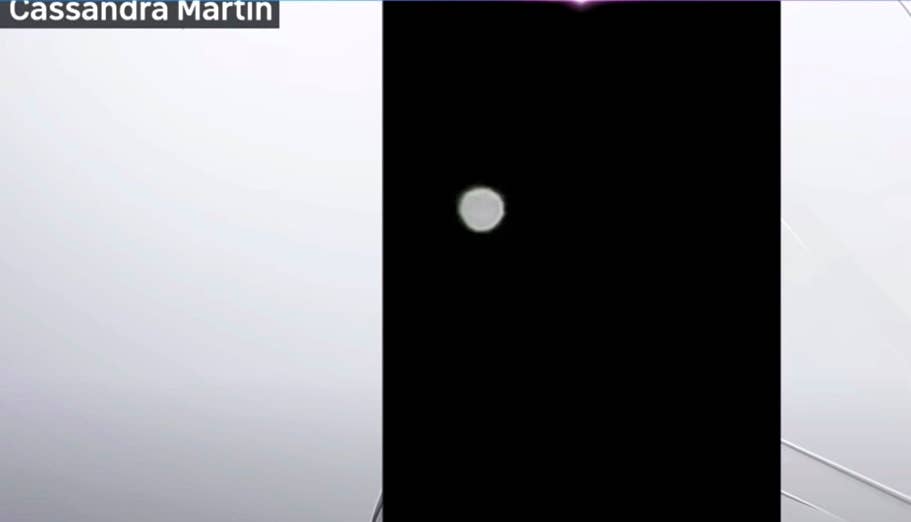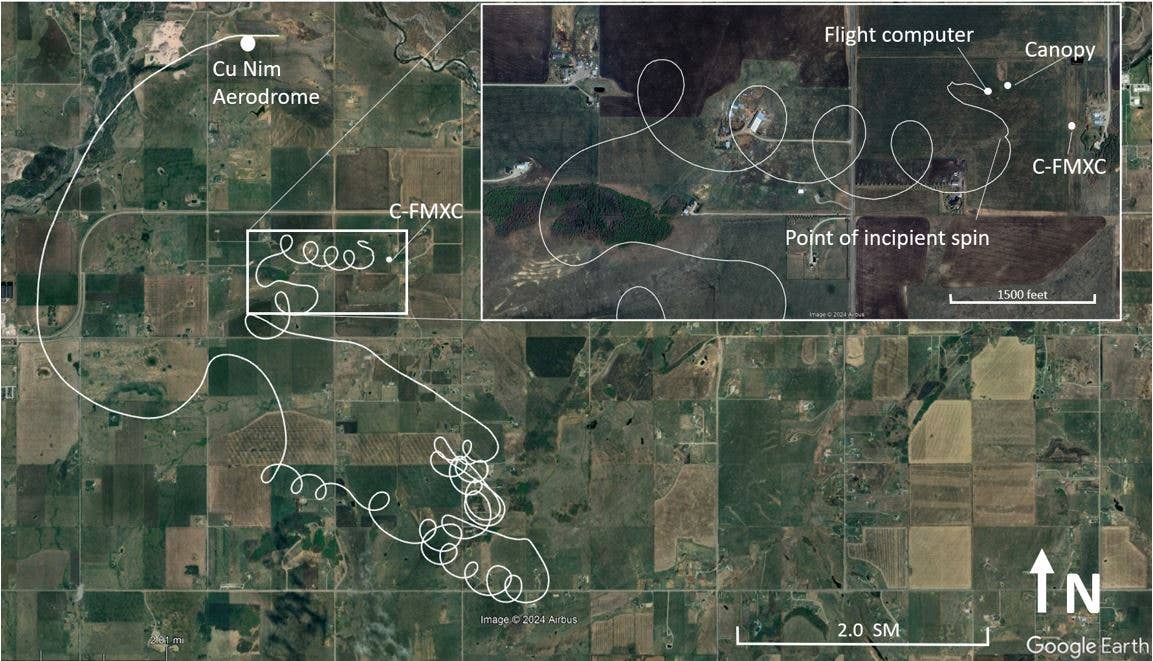Bell Tests Electric Tailrotors
Bell Helicopters unveiled a 429 modified with four electrically driven tail rotors that it says has proven the concept over almost a year of testing. The Electrically Distributed Anti-Torque (EDAT)…
Bell Helicopters unveiled a 429 modified with four electrically driven tail rotors that it says has proven the concept over almost a year of testing. The Electrically Distributed Anti-Torque (EDAT) system has been flying since last May from the company’s Mirabel, Quebec, facilities and it works just fine. "This is the first time anyone in the world ever done this, so the first step was just to make sure that it actually works—and yes it does work,” Eric Sinusas, Bell’s light aircraft program director, told Vertical Magazine. Each rotor has its own motor powered by a generator on the Pratt&Whitney PW207 engines and their thrust is modulated depending on the demands created by the torque created by the main rotor.
While it adds a new system to the helicopter, EDAT also eliminates the maintenance-heavy shaft and gearbox assembly that drives the tail rotor of regular helicopters, while adding redundancy. Three out of four fans is enough to control the helicopter. The fans are controlled by the fly-by-wire system and can spin in both directions, making the precise application of anti-torque force possible. That, says Bell, cuts noise and makes the aircraft more efficient.






